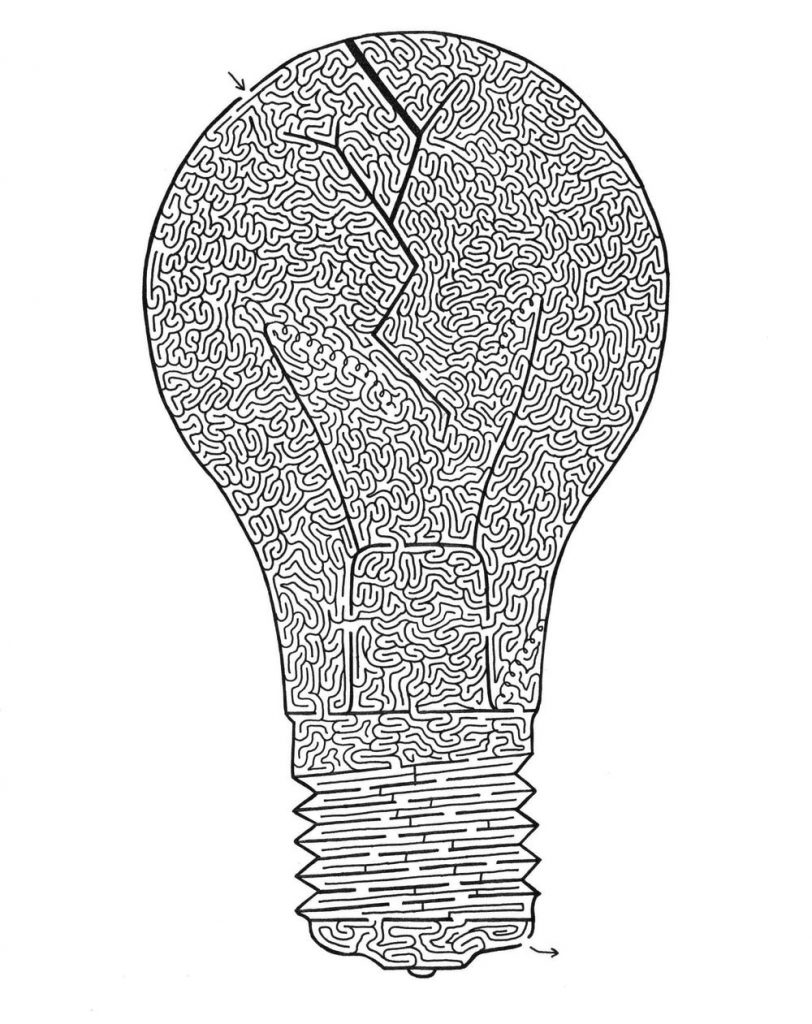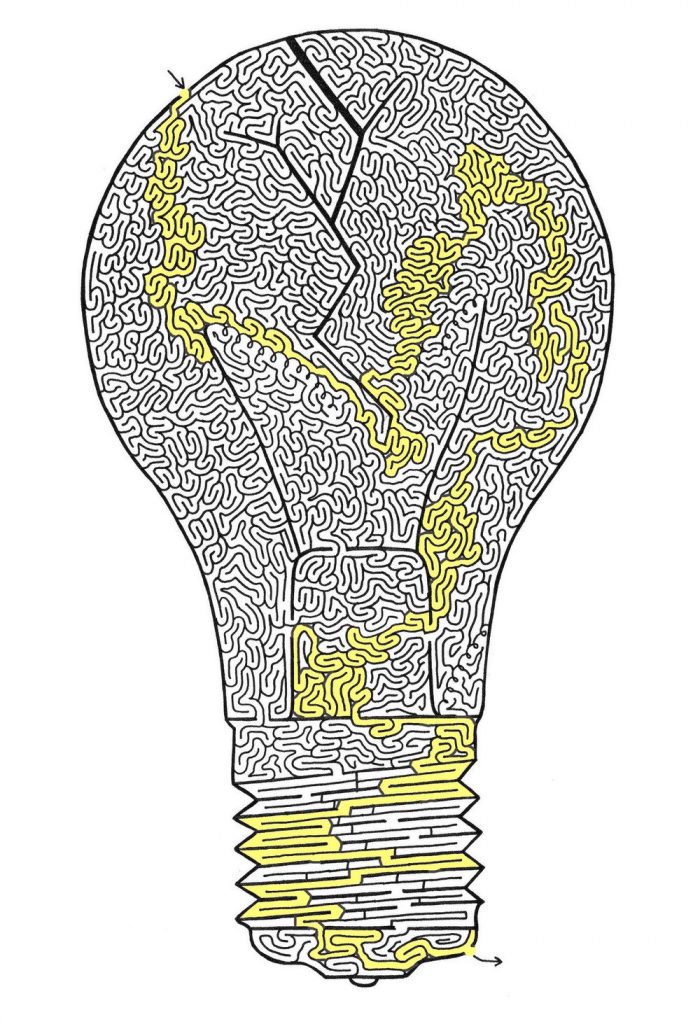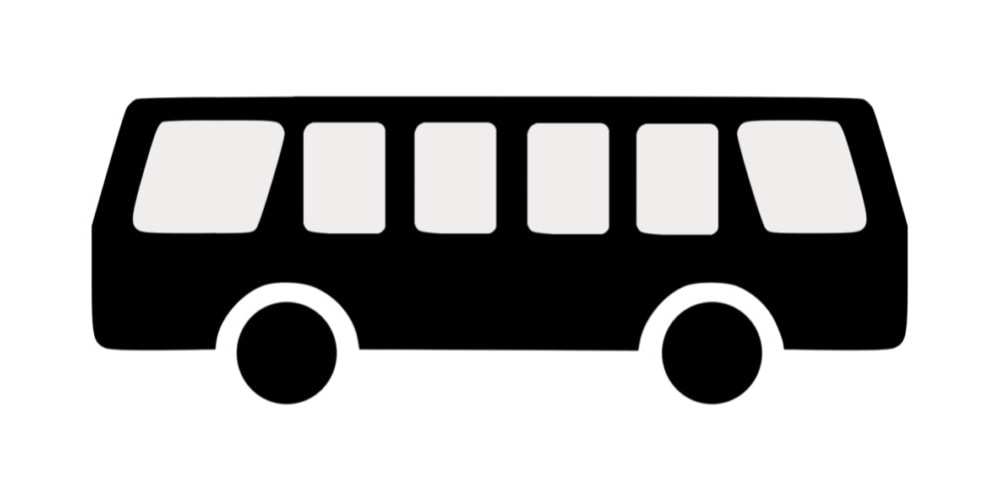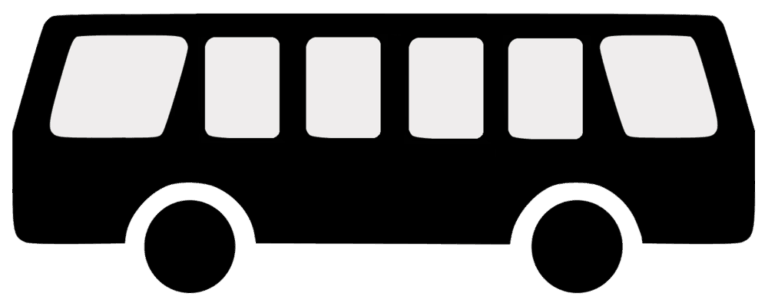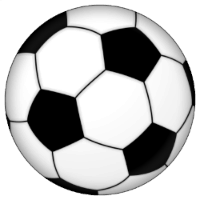Ants on a Stick
On the ground there is a stick and 10 ants standing on top of it. All ants have the same constant speed and each of them can travel along the entire stick in exactly 1 minute (if it is left alone). The ants start moving simultaneously straightforward, either towards the left or the right end of the stick. When two ants collide with each other, they both turn around and continue moving in the opposite directions. How much time at most would it take until all ants fall off the stick?
Imagine the ants are just dots moving along the stick. Now it looks looks like all dots keep moving in their initially chosen directions and just occasionally pass by each other. Therefore it will take no more than a minute until they fall off the stick. If any of them starts at one end of the stick and moves towards the other end, then the time it will take for it to fall off will be exactly 1 minute.



